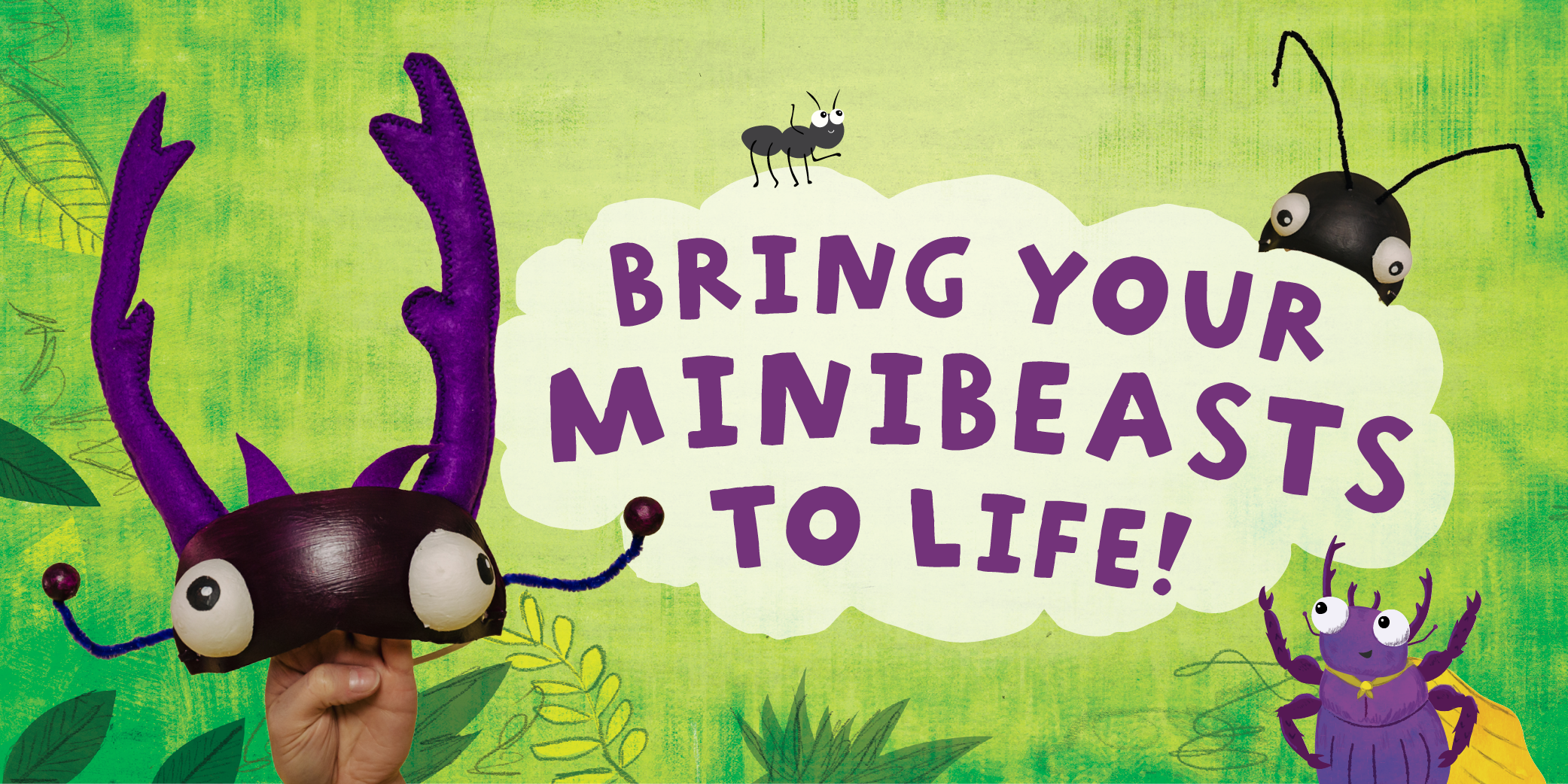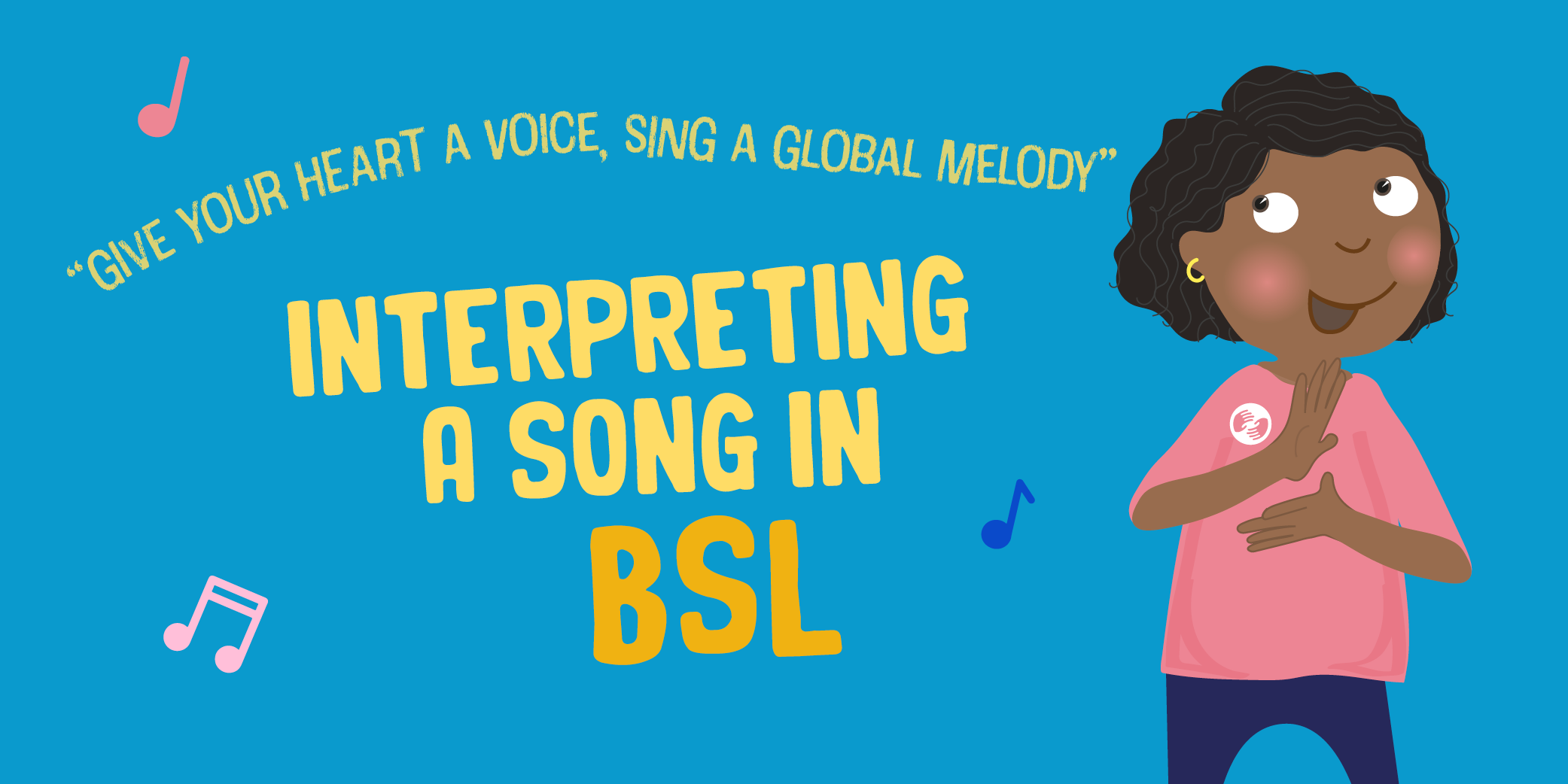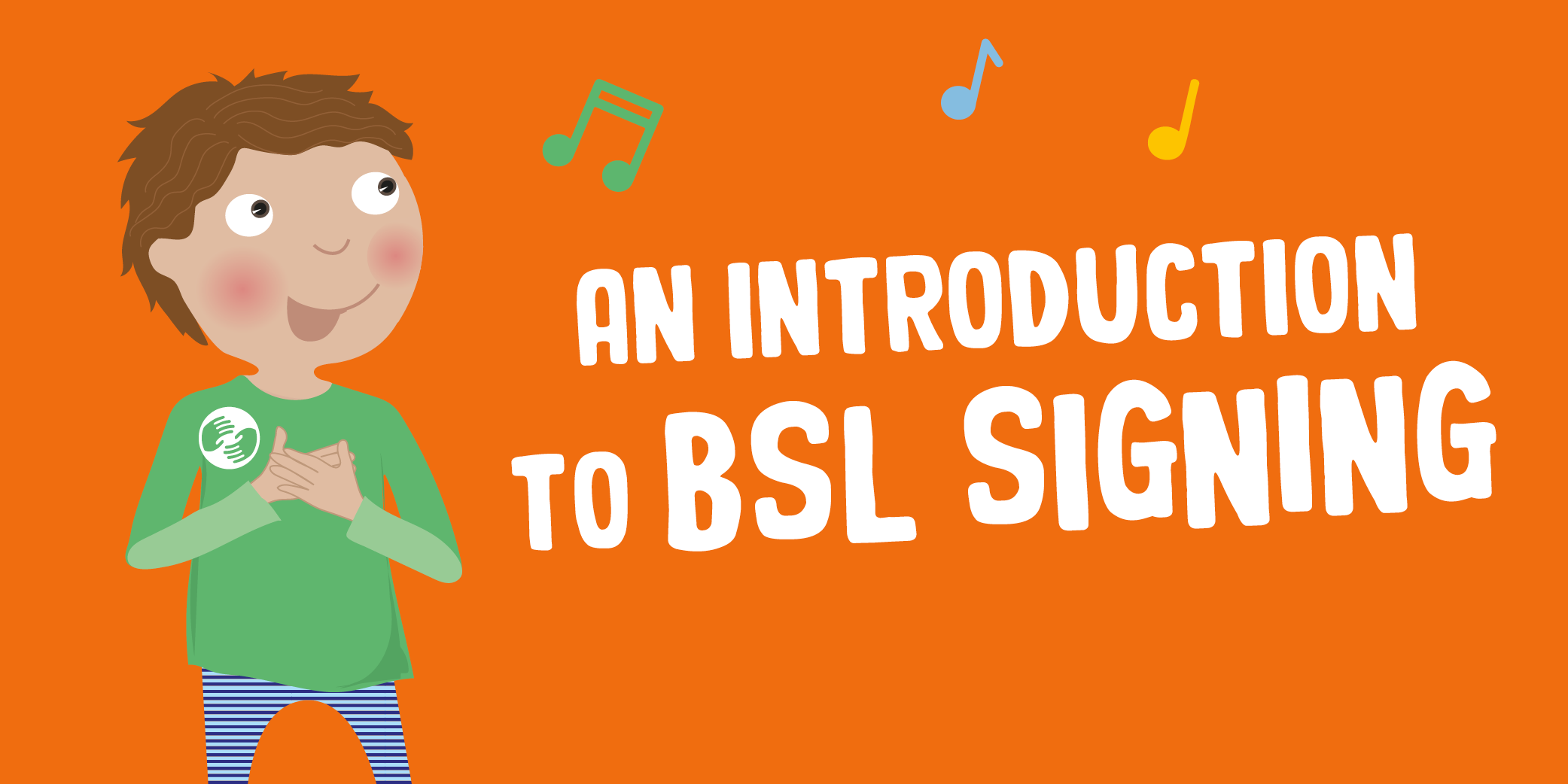
The worlds of music and maths are miles apart, aren't they? After all maths is all to do with equations, 1s and 0s and logic; music on the other hand is all about feelings and emotional expression, a comforting, safe place where there are no rights and wrongs.
In fact, you really don’t have to dig very deep before you discover that music and maths are inextricably linked. Mathematicians from Pythagoras to Einstein have been fascinated by music (Einstein once said that had he not been a scientist he would have been a musician, declaring ‘Life without playing music is inconceivable for me. I live my daydreams in music. I see my life in terms of music... I get most joy in life out of music’). And occasionally, mathematical discoveries have even changed the face of music as we know it.
Bizarrely, it turns out that even the universe itself is musical! In 2003, astronomers at Cambridge University were examining the Perseus galaxy when they detected a supermassive black hole at its centre – and it was singing! To be precise it was a B flat – 57 octaves lower than middle C. To put that into perspective, the frequency of middle C is 261.6 Hz (cycles per second). Perseus’s black hole sings at 1 cycle every 10 million years!
That’s all very well, but on a more human scale much research consistently shows the positive effect music can have on all areas of a child’s education. Rhythm work, particularly, has been proved to be beneficial for improving numeracy skills. Why not give it a go?
Try starting your maths lessons with this fun but simple
rhythm game:
rhythm game:
- Ask the class to stand in a circle and start clapping a steady beat (1,2,3,4|1,2,3,4 etc.).
Keep it going, nice and evenly.
- Next add a stamp on beat 1.
- Wait until the group has got this going confidently, then try missing out the clap on beat 3
(still counting it silently).
- Add a tongue-click on beat 4.
- You can keep this going, exchanging claps for stamps or clicks, missing out beats etc., making it more complicated as the children become more adept over the weeks.
- Sit back and watch as your budding young mathematicians blossom!
I mentioned earlier how mathematical discoveries have sometimes allowed fundamental changes in music so, for those of you craving some more hard-core mathematics, check out 12th root of 2. Better still, watch Howard Goodall explaining how music from Mozart and Beethoven to Hendrix and Kylie Minogue owes everything to the even temperament that the 12th root of 2 allowed! The link starts at 26:59 but, to be honest, the whole clip is fascinating and well worth a watch. It also involves drinking wine!
Click here to take a look at our fabulous range of maths songbooks.
Click here to post a comment.




